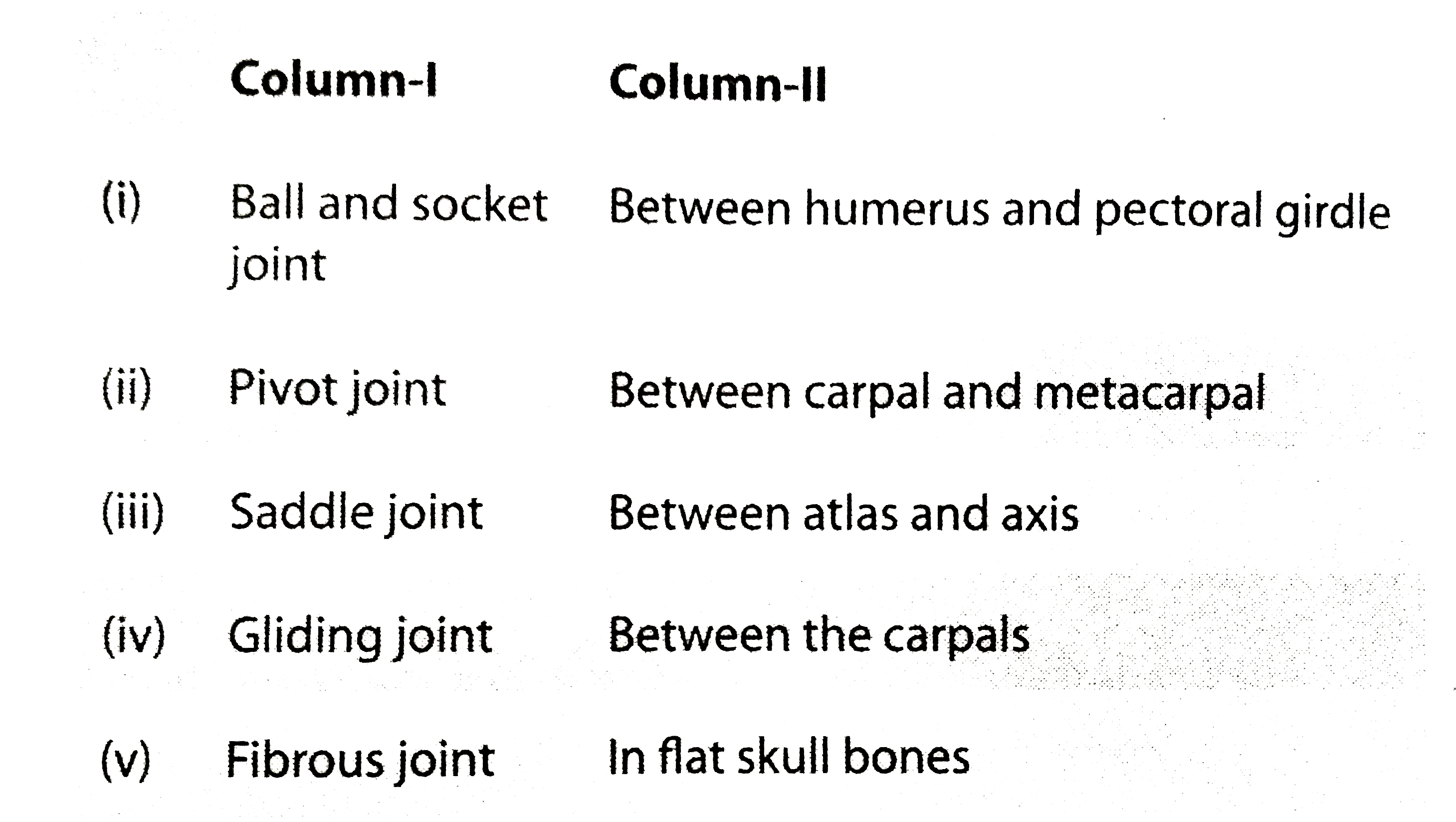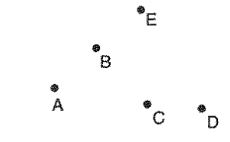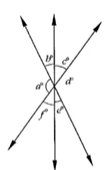There are four light-weight-rod samples A, B, C, D separately suspended by threads. A bar magnet is slowly brought near each sample and the following observations are noted
(i) A is feebly repelled
(ii) B is feebly attracted
(iii) C is strongly attracted
(iv) D remains unaffected Which one of the following is true?
B is of a paramagnetic material
Cis of a diamagnetic material
D is of a ferromagnetic material
A is of a non-magnetic material
The correct Answer is:A
Diamagnetic will be feebly repelled.
Paramagnetic will be feebly attracted. Therefore, A is of diamagnetic materal. B is of paramagnetic material. C is of ferrromagnetic material . D is of non- magnetic material
Topper's Solved these Questions
- MAGNETIC EFFECTS OF CURRENT AND MAGNETISMBOOK - MTG GUIDECHAPTER - MAGNETIC EFFECTS OF CURRENT AND MAGNETISMEXERCISE - CHECK YOUR NEET VITALS
25 Videos
- ELECTROSTATICSBOOK - MTG GUIDECHAPTER - ELECTROSTATICSEXERCISE - AIPMT/NEET (MCQ.s)
34 Videos
- OPTICSBOOK - MTG GUIDECHAPTER - OPTICSEXERCISE - AIPMT/NEET
55 Videos
Similar Questions
Five Styrofoam balls are suspended from insulating threads. Several experiments are performed on the balls and the following observations are made:
(i) Ball A repels C and attracts B.
(ii) Ball D attracts B and has no effect on E.
(iii) A negatively charged rod attracts both A and E.
An electrically neutral Styrofoam ball gets attracted if placed nearby a charged body due to induced charge. What are the charges, if any, on each ball A,B,C,D, and E?
View SolutionWhich of the following is/are not carrectly mathched pairs ?

(a) (ii) and (iii)
(b) (i) and (iv)
(c) (v) only
(d) (ii) only
View Solution
Knowledge Check
There are four light-weight-rod sample A, B, C, D separately suspended by threads. A bar magnet is slowly brought near each sample and the following observations are noted
(i) A is feebly repelled
(ii) B is feebly attracted
(iii) C is strongly attracted
(iv) D remains unaffected
Which one of the following is true?AA is a non-magnetic materialBB is of a paramagnetic materialCC is of a diamagnetic materialDD is of a ferromagneitc materialThere are four light-weight-rod sample A, B, C, D separately suspended by threads. A bar magnet is slowly brought near each sample and the following observations are noted
(i) A is feebly repelled
(ii) B is feebly attracted
(iii) C is strongly attracted
(iv) D remains unaffected
Which one of the following is true?AB is of a paramagnetic materialBC is a diamagnetic materialCD is of a ferromagnetic materialDA is of a non magnetic materialIf four positive numbers a, b, c, d are in H.P. then which one of the following is true.
Aan+cn>2bnBa+d>b+cC(a/b)>(c/d)Dbn+dn>2cn
Let A={a,b,{c,d}, e} . Which of the following statements are false and why? (i) {a,b,e}∈A (ii) {a,b,c}⊂A (iii) φ∈A (iv) {φ}⊂A
View SolutionUsing a ruler, check whether the following points given in fig. 10.20 are collinear or not:
(i)D, A and C (ii) A, B and C (iii)A, B and E (iv) B, C and E

View SolutionIn Figure, which of the following statements must be true? (i) a+b=d+c (ii) a+c+e=1800 (iii) b+f=c+e (a) (i) only (b) (ii) only (c) (iii) only (d) (ii) and (iii) only

View SolutionFive Styrofoam balls are suspended from insulating threads. Several experiments are performed on the balls and the following observations are made:
(i) Ball A repels C and attracts B.
(ii) Ball D attracts B and has no effect on E.
(iii) A negatively charged rod attracts both A and E.
An electrically neutral Styrofoam ball gets attracted if placed nearby a charged body due to induced charge. What are the charges, if any, on each ball A,B,C,D, and E?
View SolutionRead the information given below and answer the questions that follow :
(i) In a family of six persons A, B, C, D, E and F, there are two married couples.
(ii) D is grandmother of A and mother of B.
(iii) C is wife of B and mother of F.
(iv) F is the grand daughter of E.
Which of the following is true ?
View Solution
